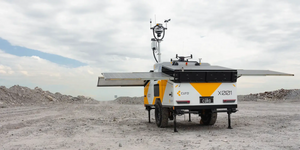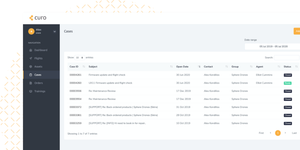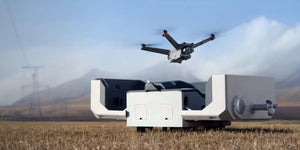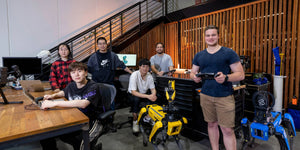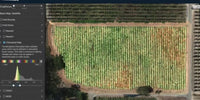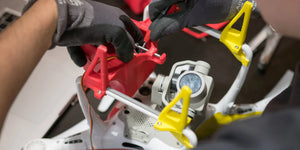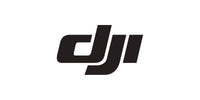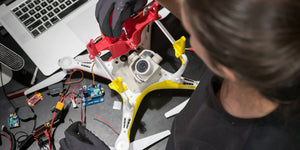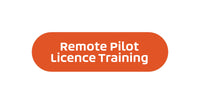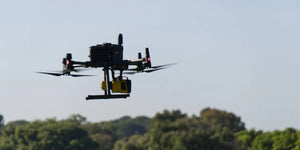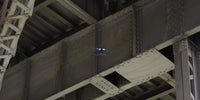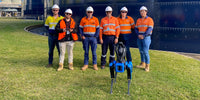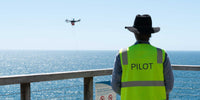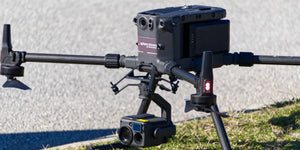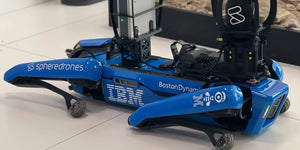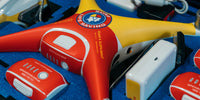To ensure the safety of those working with lasers, and in this case drone-based LiDAR equipment the Australian government has broken them down into six classes with rules and properties of each type.
Current laser classes:
- Class 1 and 1M
- Class 1C
- Class 2 and 2M
- Class 3R
- Class 3B
- Class 4
Class 1C lasers are only used within the medical and cosmetic industries and are only applied when the device is in contact with the skin. For that reason, we won't focus on them.
LiDAR equipment doesn't have its own laser class system but instead uses the standard one set in place by government and international standards.
Class 1 and 1M
Class 1 and 1M lasers are safe under most conditions. These are designed or produced with a low power output and are found CDs and YellowScan LiDAR payloads. 1M lasers, under the right conditions and when looking directly into the beam with a magnifying device can be dangerous.
YellowScan's LiDAR payloads fall under Class 1 laser products in compliance with the International Standard IEC 60825-1:2014 and the European Standard EN 60825-1:2014 Safety of Laser Products - Part 1: Equipment Classification and Requirements.
Class 2 and 2M
Class 2 and 2M lasers emit visible light at higher levels than Class 1 and have enough power to cause damage to the eyes if viewed continuously. Class 2 lasers still allow for the body's natural blinking response. This class of laser is common in presentation laser pointers.
Class 3R
Class 3R lasers produce visible and invisible light, have no risk to skin injuries, and are low risk to eyes when exposure is limited. Class 3R lasers are the highest of the classes allowed to be used for alignment, levelling, control, and surveying tasks in the construction industry.
Class 3B
Class 3B lasers produce hazardous visible and invisible light and can cause immediate eye damage. Class 3B lasers are also capable of causing skin burns and require PPE to ensure the health and safety of staff involved. YellowScan's Navigator bathymetric LiDAR payload uses a Class 3B laser.
Class 4
Class 4 lasers are high power device that cause both eye and skin damage and can even be a fire hazard if left focused on a surface for too long. Eye and skin damage can also occur if the laser has deflected off a surface. Common Class 4 lasers include entertainment and surgical lasers.
Source: Safe Work Australia
